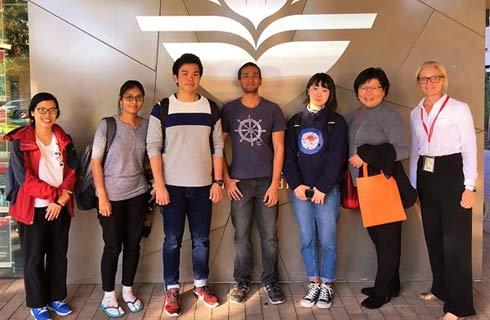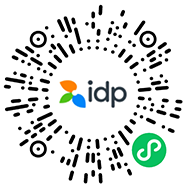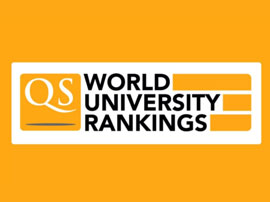- IDP China>
- 课程库>
- 医学与健康>
- 职业健康与临床医学>
- 医学信息学>
- Doctor of Philosophy in Biomedical Engineering - Artificial Intelligence
Doctor of Philosophy in Biomedical Engineering - Artificial Intelligence

学历文凭
Ph.D.

专业院系
Biomedical Engineering

开学时间

课程时长

课程学费

国际学生入学条件
IDP—雅思考试联合主办方

雅思考试总分
7.0
了解更多
雅思考试指南
- 雅思总分:7
- 托福网考总分:100
- 托福笔试总分:160
- 其他语言考试:PTE Academic - 68
CRICOS代码:
申请截止日期: 请与IDP顾问联系以获取详细信息。
课程简介
相关申请
 预科
预科 奖学金
奖学金 实习机会
实习机会 在校学习
在校学习 跨境学习
跨境学习 校园授课-线上开始
校园授课-线上开始 在线/远程学习
在线/远程学习
学校排名

世界排名132
数据源:泰晤士高等教育世界大学排名
关于凯斯西储大学

虽然由两所大学合并建校于1967年的凯斯西储大学“官方”校史仅有50多年,但它的两个前身凯斯理工学院和西储大学却都有着百余年的深厚底蕴。诡异的名字并不能掩盖CWRU学术上的强势,凯斯西储美国拿到的联邦研究基金最多的15所私立大学之一;常年排名US News综合大学排名30名左右对于一个本科生只有4000人的“小”学校来说,如果没有背后雄厚的资金支持与强大的学术实力,几乎是不可能的。凯斯西储为本科生提供两大实习项目,Co-op与CWR practicum,加上学生自愿的暑期实习,一切都是为了更好的吸收顶尖专业课所提供的理论知识。CWRU的法学院是最早一批被美国律师协会承认的法学院,并且是美国法学院协会的创始成员;商学院中提供全美最好的10个非营利管理专业之一;此外,CWRU还拥有全美Top20的医学院与护理学院,和私立大学中最好的工程学院之一。学校所在的University Circle地区拥有50多个著名的文化、医疗和教育机构,学生步行即可到达。
本校相关课程
其他相关课程

Certificate of Applied Science in Health Information Coding
 蒙大拿州立大学
蒙大拿州立大学泰晤士高等教育世界大学排名:1089
学历文凭
Advanced Certificate
开学日期
课程费用总额


Bachelor of Science in Health Informatics and Information Management
 佛罗里达农工大学
佛罗里达农工大学学历文凭
Bachelor Degree
开学日期
课程费用总额


医学检验科学理学学士-公共卫生检验科学
 佛蒙特大学
佛蒙特大学学历文凭
Bachelor Degree
开学日期
课程费用总额


医疗技术创新理学硕士。
 罗切斯特大学
罗切斯特大学泰晤士高等教育世界大学排名:127
学历文凭
Masters Degree
开学日期
课程费用总额


工商管理学士-运营管理健康信息学
 爱达荷州立大学
爱达荷州立大学学历文凭
Bachelor Degree
开学日期
课程费用总额


Post-baccalaureate Certificate in Healthcare Informatics
 南伊利诺伊大学卡本代尔分校
南伊利诺伊大学卡本代尔分校学历文凭
Graduate Certificate
开学日期
课程费用总额
































